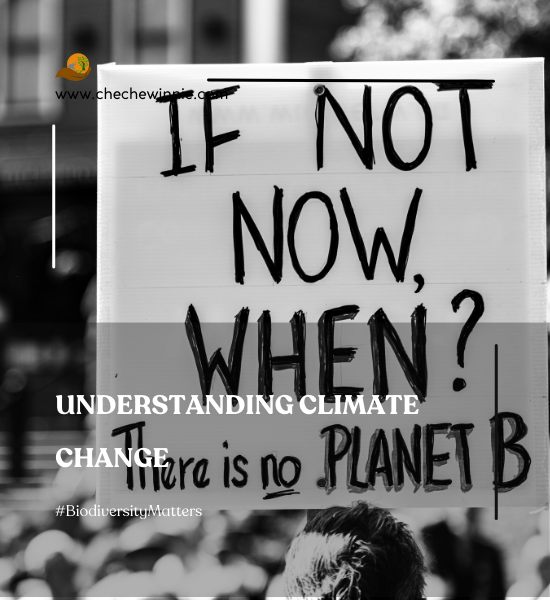Climate change is one of the most pressing challenges facing our planet today. It is a complex phenomenon with far-reaching consequences for ecosystems, economies, and human well-being.
Understanding the Causes of Climate Change
Climate change is primarily driven by human activities that release greenhouse gases (GHGs) into the atmosphere.
The burning of fossil fuels for energy, deforestation, industrial processes, and agricultural practices contribute to the increase in GHG concentrations, primarily carbon dioxide (CO2) and methane (CH4).
These gases trap heat in the Earth’s atmosphere, leading to global warming and climate disruptions.
The Impacts of Climate Change
Climate change manifests in various ways, affecting both natural systems and human societies. Rising global temperatures result in melting glaciers and polar ice caps, leading to sea-level rise and coastal inundation.
Extreme weather events such as droughts, heat waves, and floods become more frequent and intense.
Ecosystems face disruptions, with shifts in species distributions, loss of biodiversity, and altered ecological processes.
Agriculture, water resources, human health, and economies are all vulnerable to the impacts of climate change.
REDUCING GHG EMISSIONS
Mitigating climate change requires a multi-faceted approach.
Here are some key strategies to reduce greenhouse gas emissions:
Transition to Renewable Energy
Promote the use of clean, renewable energy sources such as solar, wind, and hydropower, and phase out reliance on fossil fuels.
Energy Efficiency
Improve energy efficiency in industries, buildings, and transportation to reduce overall energy demand and emissions.
Sustainable Land Use
Protect forests, promote afforestation and reforestation, and implement sustainable agricultural practices that reduce emissions from deforestation and land degradation.
Green Transportation
Encourage the use of public transportation, electric vehicles, biking, and walking to reduce emissions from the transportation sector.
Circular Economy
Promote recycling, reduce waste generation, and adopt sustainable production and consumption practices to minimize emissions throughout the supply chain.
BUILDING RESILIENCE
Adapting to the impacts of climate change is crucial for communities and ecosystems.
Here are some adaptation strategies:
Enhance Infrastructure Resilience
Build climate-resilient infrastructure that can withstand extreme weather events, such as reinforced buildings, flood control systems, and resilient transportation networks.
Water Management
Develop sustainable water management strategies to ensure adequate supply, including water conservation, watershed protection, and the development of drought-resistant irrigation techniques.
Ecosystem Restoration
Protect and restore ecosystems such as wetlands, forests, and coral reefs, which act as natural buffers against climate impacts and provide numerous co-benefits.
Climate-Resilient Agriculture
Promote climate-smart agriculture practices that improve soil health, enhance water efficiency, and increase crop resilience to changing climatic conditions.
Early Warning Systems
Implement robust early warning systems for extreme weather events to enable timely evacuations and minimize loss of life and property.
International Cooperation and Policy Actions
Addressing climate change requires global cooperation and policy actions at various levels. International agreements like the Paris Agreement aim to limit global warming and provide a framework for countries to collaborate on emissions reductions and adaptation efforts.
Governments can enact policies such as carbon pricing, renewable energy incentives, and regulations on emissions to drive the transition to a low-carbon economy.
Individuals can also support climate-conscious businesses, advocate for policy changes, and participate in collective action initiatives.
Conclusion
Climate change poses significant risks to our planet and demands urgent action. By understanding the causes, impacts, and solutions of climate change, we can make informed choices and contribute to positive change.
Mitigating greenhouse gas emissions, adapting to the changing climate, and fostering international cooperation are key pillars in addressing this global challenge.
Together, we can create a sustainable and resilient future for generations to come, ensuring a healthier planet and a better quality of life for all.

